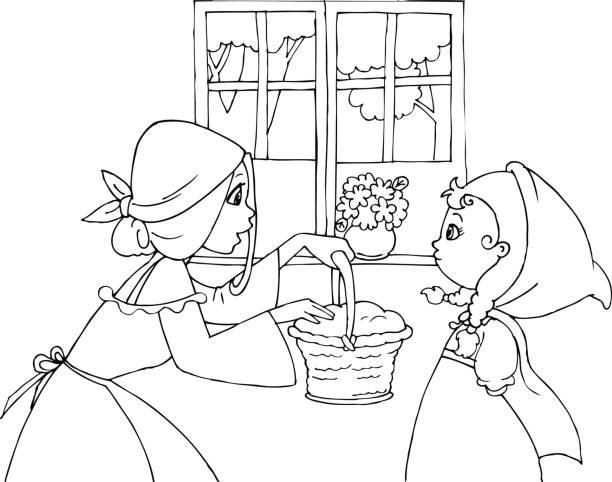On this page, we look at why the original authors of folktales are unclear most of the time.
Folktales have been an integral part of human culture for thousands of years, serving as our primary vehicle for imparting lessons, morals, and cultural heritage from generation to generation. Unlike conventional literature, the authors of these tales remain shrouded in mystery, lost to the annals of time. This anonymity is due, in part, to the oral tradition of storytelling, the communal creation process, cultural transmission, and the adaptive nature of folktales.
Why are the Original Authors of Folktales Unclear?
The original authors of folktales are unclear primarily due to the oral tradition in which these stories were originally told and passed down through generations. This oral storytelling process allowed each story to be molded and adjusted with each retelling, effectively diluting the concept of a single original author. Additionally, the communal nature of folktales, where they were shaped collectively by communities and adapted to reflect societal norms and values, further obscures their origin. Cultural transmission of tales across different regions and cultures also played a role in obscuring their source, as they were often extensively adapted to fit into the new cultural context. Lastly, the inherently adaptive nature of folktales, changing over time to reflect societal transformations, makes it difficult to trace back to their original form or author.
The Oral Tradition of Storytelling
The first and perhaps most significant reason why the original authors of folktales are unclear is their basis in oral tradition. Folktales were primarily told, not written, and passed down orally from generation to generation, morphing and changing with each retelling.
Example: Consider the African folktale “Anansi the Spider”. The tale originated from the Ashanti people in Ghana but spread across the continent and later to the Americas with the transatlantic slave trade. Because of its oral tradition, there is no written record of its first teller.
Oral storytelling was not solely about entertainment, but it served vital functions in pre-literate societies. It was a means of education, passing down history, culture, morals, and social norms. However, with this mode of transmission, the idea of a single, original author gets diluted and eventually lost in the mists of time.
Communal Creation Process
Folktales are often the product of collective wisdom, fashioned by many hands over time. As these stories were shared within a community, each storyteller would add their interpretations and adjustments, subtly shaping the narrative and characters to resonate better with their audience or reflect their current societal and environmental conditions.
Example: The Cinderella story, known to many as a Disney classic, has more than 500 versions worldwide, from China’s “Ye Xian” to Europe’s “Cendrillon”. These variants testify to the communal shaping process over centuries, with each culture adding its unique flavor and lessons to the story.
Therefore, attributing a single authorship to a folktale becomes nearly impossible because these stories are effectively a compilation of input from countless storytellers across the ages.
Cultural Transmission
The mobility of folktales across different cultures and geographical boundaries further obscures their original authors. As tales were shared through trade, conquest, and migration, they were often adopted and adapted by the new culture, sometimes so extensively that their original source became indistinguishable.
Example: “The Great Flood” is a narrative present in numerous cultures worldwide, from the Biblical story of Noah’s Ark to the Mesopotamian Epic of Gilgamesh. Although these stories share a common theme, the characters, divine motivations, and aftermath are unique to each culture, showing how tales can transform when transmitted across different cultural contexts.
The Adaptive Nature of Folktales
Folktales are inherently adaptive and evolve over time. As societies change, the folktales they tell change too, reflecting new realities, values, and concerns. This constant evolution makes it hard to trace a folktale back to its original form or author.
Example: The Brothers Grimm’s fairy tales were initially very grim indeed, with graphic violence and dark themes. However, over time, these stories were sanitized and modified to suit more modern sensibilities, becoming the more child-friendly versions we’re familiar with today.
Conclusion
Folktales, the treasured narratives of our shared cultural heritage, lack clear authorship due to their roots in oral tradition, the communal process of their creation, their transmission across cultures, and their ever-evolving nature. The anonymity of their original authors, however, doesn’t detract from their value. Instead, it underscores the universal human connection to storytelling and the shared wisdom encapsulated in these age-old tales.

